
Building a Personalized AI Assistant: From Concept to Production
Introduction
Imagine having a personal Thai chef at your fingertips—one who not only knows the intricacies of Thai cuisine but also remembers your dietary preferences, favourite dishes, and even how spicy you like your food. In this comprehensive blog post, I’ll guide you through the journey of building an AI-powered Thai Recipe Assistant that transforms this vision into reality. This isn’t just a basic chatbot; it’s a personalized culinary companion that evolves with every interaction, making cooking an intuitive and delightful experience.
Beyond just code, we’ll explore the underlying concepts, design decisions, user experience considerations, and the broader implications of building such a system. Whether you’re a developer, a food enthusiast, or simply curious about AI, this deep dive will provide valuable insights into the intersection of technology and culture.
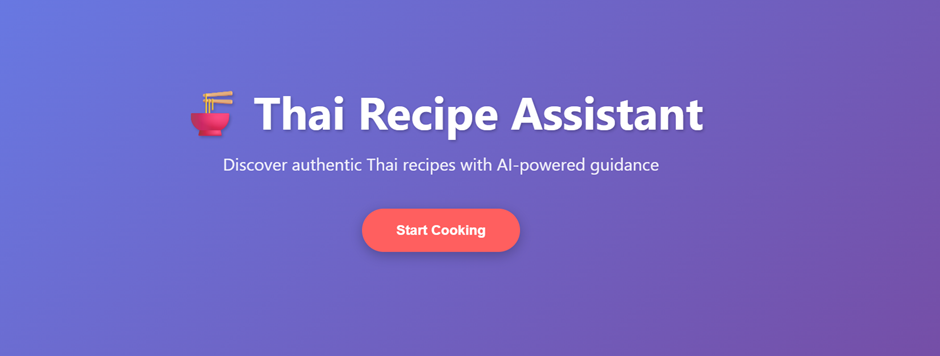
What We’re Building
Our Thai Recipe Assistant is a web-based conversational AI designed to be more than a recipe database. It’s a thoughtful companion with the following key features:
- 🧠 Memory and Context: Remembers individual user preferences and conversation history to offer tailored experiences.
- 🔍 Semantic Recipe Search: Understands the meaning behind queries to suggest relevant Thai recipes (e.g., searching for “something with peanuts” returns Pad Thai or Satay).
- 💬 Conversational Flow: Engages in natural, real-time dialogue, mimicking a friendly cooking guide.
- 🎯 Personalized Recommendations: Adapts suggestions based on past interactions, dietary needs, and cooking skill levels.
- 🚀 Scalability and Efficiency: Uses intelligent model selection to balance performance and cost.
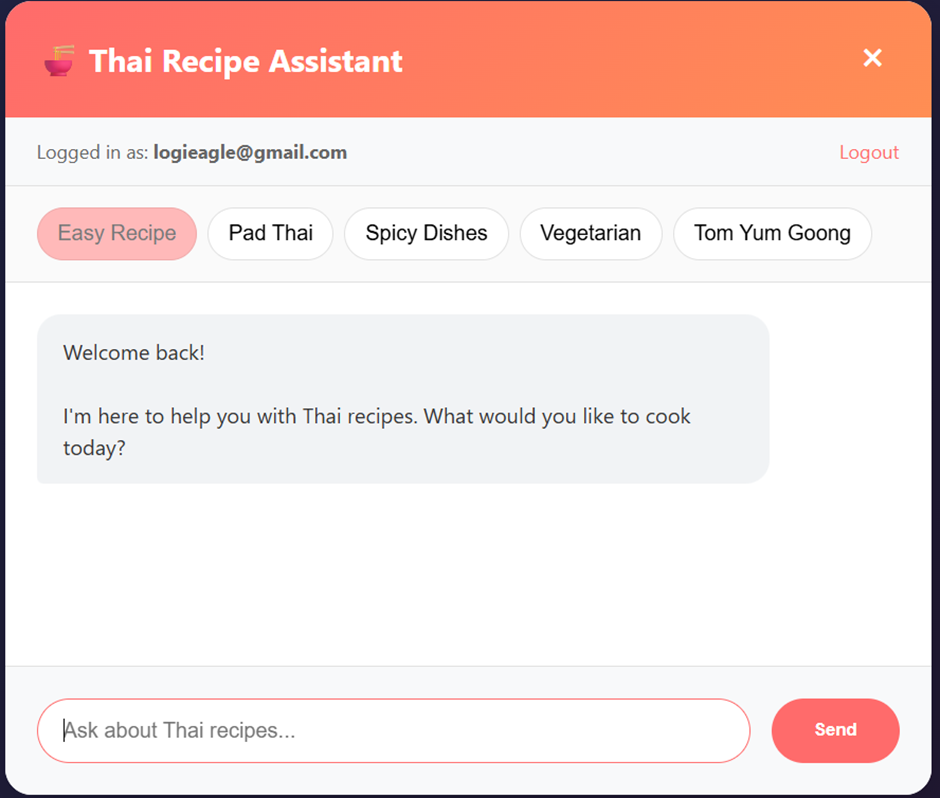
The Concept: Why a Thai Recipe Assistant?
Before diving into the technical details, let’s explore the “why” behind this project. Thai cuisine is renowned for its balance of sweet, sour, salty, and spicy flavors, but it can be intimidating for beginners due to unfamiliar ingredients, complex techniques, and cultural nuances. Many recipe apps and websites offer static content without personalization or interactivity, leaving users to sift through endless options. Our AI assistant addresses these pain points by:
- Bridging Cultural Gaps: It explains Thai cooking terms, ingredient substitutes, and cultural context in an accessible way.
- Solving Decision Fatigue: Instead of presenting a list of recipes, it narrows down options based on user needs (e.g., “I’m in a hurry” or “I’m vegetarian”).
- Creating a Relationship: By remembering past interactions, it builds trust and familiarity, turning cooking into a collaborative journey.
This concept leverages the power of Generative AI to not only provide information but also create an emotional connection through food—a universal language.
The Tech Stack: A Conceptual Overview
To bring this vision to life, we’ve chosen a blend of technologies that prioritize speed, personalization, and user experience. Here’s a high-level overview of our architecture and the reasoning behind each component:
| Layer | Technology | Why? |
|---|---|---|
| Frontend | HTML/CSS/JS | Lightweight, interactive, and accessible UI |
| Backend | Flask (Python) | Easy to integrate and scale |
| AI Layer | Groq LLM + Gemini Embeddings | Real-time responses and semantic understanding |
| Storage | PostgreSQL + pgvector | Supports vector similarity search |
| Knowledge Base | Local PDF Thai Recipe Dataset | Fast, private, and customizable |
Why These Technologies Matter:
The choice of tech stack isn’t arbitrary; it reflects a balance of practicality, performance, and user-centric design. For instance, Groq’s speed means users don’t wait for responses, while pgvector’s vector search capability allows the AI to “think” beyond keywords and understand nuanced requests. This combination ensures that a user asking for “something creamy and spicy” might get a recommendation for Massaman Curry, even if those exact words aren’t in the query or recipe title.
Part 1: Setting Up the Foundation
The Power of Vector Databases for Semantic Search
At the heart of our recipe search functionality is a vector database powered by PostgreSQL and pgvector. But what does this mean conceptually? Traditional databases rely on exact matches or keyword searches, which can fail with natural language queries. Vector databases, on the other hand, store information as numerical representations (embeddings) that capture the “meaning” of text. This allows the AI to find recipes based on conceptual similarity rather than literal matches.
For example, if a user asks for “something with peanuts,” the system converts this query into a vector, compares it to the vectors of stored recipes, and identifies dishes like Pad Thai or Satay that are semantically related to “peanuts,” even if the word isn’t explicitly mentioned in the recipe title.
Optimizing Embedding Generation
Generating embeddings for recipes is computationally expensive and can rack up API costs if done repeatedly. A key optimization in our system is checking whether embeddings already exist in the database before regenerating them. This not only saves resources but also speeds up initialization, allowing the system to focus on user interactions rather than redundant backend tasks.
Part 2: Building User Memory
The Importance of Personalization
What sets our assistant apart is its ability to remember and adapt to users. Personalization isn’t just a nice-to-have; it’s a game-changer for user engagement. By storing and analyzing conversation history, the AI builds a profile for each user that includes:
- Preferences: Likes spicy food, prefers quick meals, etc.
- Dietary Restrictions: Vegetarian, gluten-free, nut allergies, etc.
- Favourites: Frequently requested dishes or cuisines.
- Cooking Skill Level: Adjusts recipe complexity for beginners vs. experts.
How Context Drives Better Experiences
Context is the secret sauce of personalization. The system doesn’t just log what users say; it identifies patterns over time. For instance, if a user often asks for vegetarian recipes, the AI will prioritize meat-free options in future suggestions without needing explicit reminders. Similarly, if a user struggles with complex recipes, the system might simplify instructions or suggest easier dishes. This contextual awareness mimics how a real chef would adapt to a regular customer’s tastes and needs.
Part 3: The Conversational Engine
Crafting Natural Dialogue
One of the biggest challenges in building a conversational AI is avoiding robotic, templated responses. Users want to feel like they’re talking to a friend, not a machine. Our approach involves carefully designing prompts that guide the AI to recognize user intent and respond appropriately. For instance:
- Greetings (e.g., “Hi”, “Hello”): Respond warmly and pivot to food-related topics.
- Recipe Requests (e.g., “How do I make Tom Yum?”): Dive into detailed, step-by-step guidance.
- Vague Queries (e.g., “I’m hungry”): Suggest Thai dishes based on time of day, past preferences, or dietary needs.
Handling Edge Cases
Early testing revealed that some AI models struggle with simple interactions like greetings, often responding with irrelevant or overly formal content. To address this, we refined our prompts to explicitly define expected behaviours for different types of input. This intent recognition ensures the assistant remains helpful and engaging, regardless of the query.
[Screenshot: Natural greeting response to “Hi”—“Hey there! I’m excited to help you with some delicious Thai recipes today. What are you in the mood for?”]
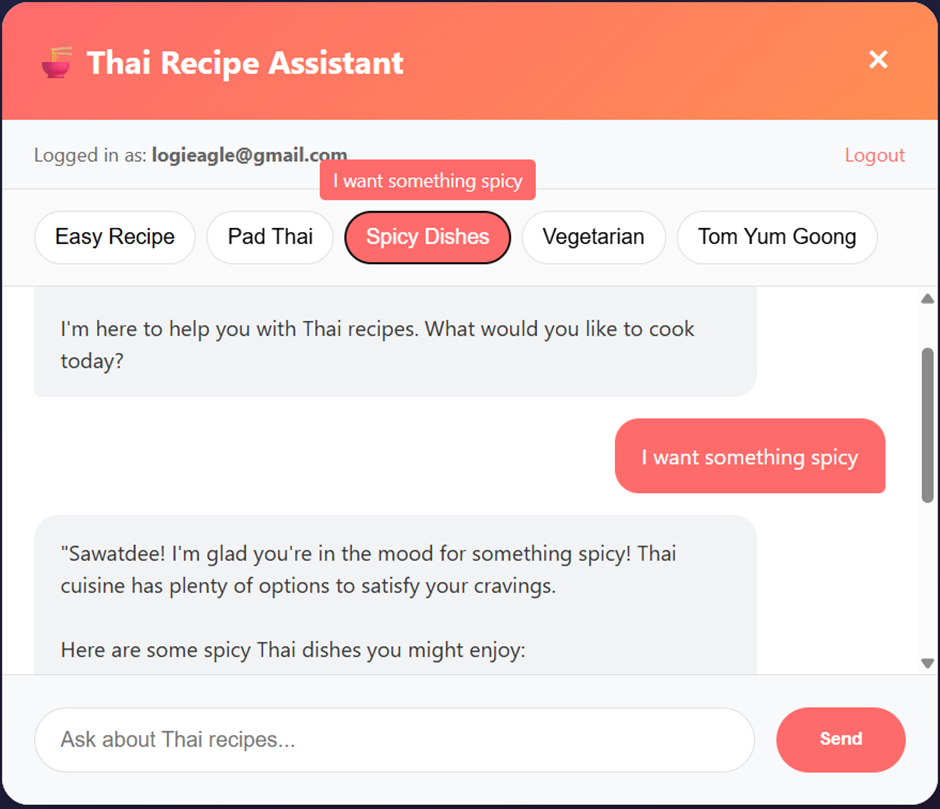
Part 4: Real-Time Web Interface
Why Real-Time Matters
A conversational AI must feel instantaneous to maintain user engagement. Delays or clunky interfaces can break the illusion of a natural conversation. We achieve responsive interactions through optimized backend processing and efficient AI inference, ensuring that users receive timely replies as they interact with the system.
Enhancing User Experience with Smart UI Features
Beyond technical performance, the user interface plays a crucial role in accessibility. We’ve included quick action buttons for common queries (e.g., “Tom Yum Soup 🍜”) to reduce typing effort and help users discover popular dishes. Small touches like emojis and intuitive design make the interaction feel approachable and fun.
Part 5: Optimizations and Lessons Learned
Intelligent Model Selection
Not all queries are equal in complexity. A simple “Hi” doesn’t require the same computational power as a detailed recipe request. To optimize performance and manage costs (especially on free API tiers), we implemented a tiered model selection strategy:
- Simple Interactions: Use a lightweight, fast model for quick responses.
- Recipe Searches: Employ a medium-sized model for accurate content retrieval.
- Complex Conversations: Leverage a larger, more capable model for nuanced dialogue.
This approach reduces latency and ensures resource efficiency without compromising quality.
Part 6: Architecture Decisions
Why a Local Knowledge Base?
Storing our Thai recipe dataset locally (as a PDF or structured database) offers several advantages:
- Privacy: Sensitive data never leaves the server, protecting both users and content.
- Speed: Local access eliminates latency from external API calls.
- Control: Recipes can be updated or customized without dependency on third-party services.
Why Email-Based Tracking?
Instead of complex authentication systems, we use email addresses to track user interactions. This simplifies the setup while enabling persistent personalization—users can return months later and still receive tailored recommendations. It also avoids the overhead of managing passwords or OAuth integrations during early development.
Future Enhancements: Expanding the Vision
While the current system is functional and user-friendly, there’s immense potential for growth. Here are some exciting possibilities we’re exploring:
Multi-Agent Architecture
Instead of a single AI handling all tasks, we envision a team of specialized agents working together:
- Router Agent: Identifies user intent (greeting, recipe request, etc.).
- Knowledge Agent: Retrieves relevant recipes from the database.
- Personalization Agent: Applies user preferences to refine suggestions.
- Response Agent: Crafts natural, engaging dialogue.
This modular approach could improve accuracy and scalability, mimicking how human teams divide responsibilities.
Additional Features
- 🖼️ Image Generation: Visualize dishes using AI-generated imagery to inspire users.
- 🎙️ Voice Interaction: Enable hands-free cooking guidance via voice input and output.
- 📊 Nutrition Information: Provide calorie counts and dietary breakdowns for health-conscious users.
- 🛒 Ingredient Shopping Lists: Automatically generate lists with links to online stores or local markets.
Conclusion
Building a Personalized AI Thai Recipe Assistant has been a journey of blending cutting-edge technology with the warmth of culinary tradition. By focusing on user needs, leveraging semantic search, and prioritizing natural dialogue, we’ve created a tool that not only helps people cook but also deepens their connection to Thai culture. Whether you’re a developer looking to replicate this concept or a food lover eager to try new recipes, the principles and insights shared here can inspire your next project.
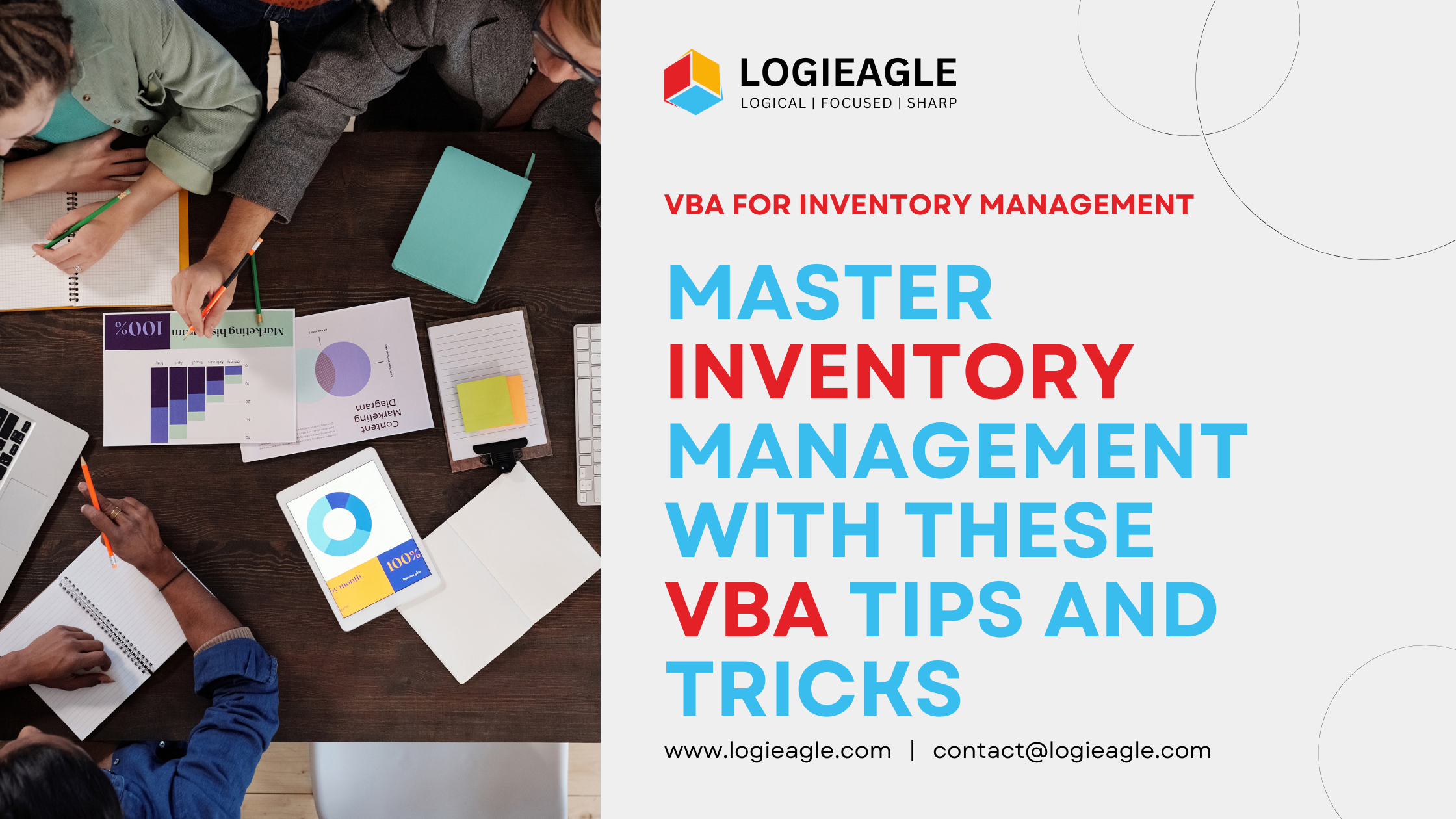 Master Inventory Management with These VBA Tips and Tricks
Master Inventory Management with These VBA Tips and Tricks
 Timing Your Investment: The Key to Successful Business Automation
Timing Your Investment: The Key to Successful Business Automation
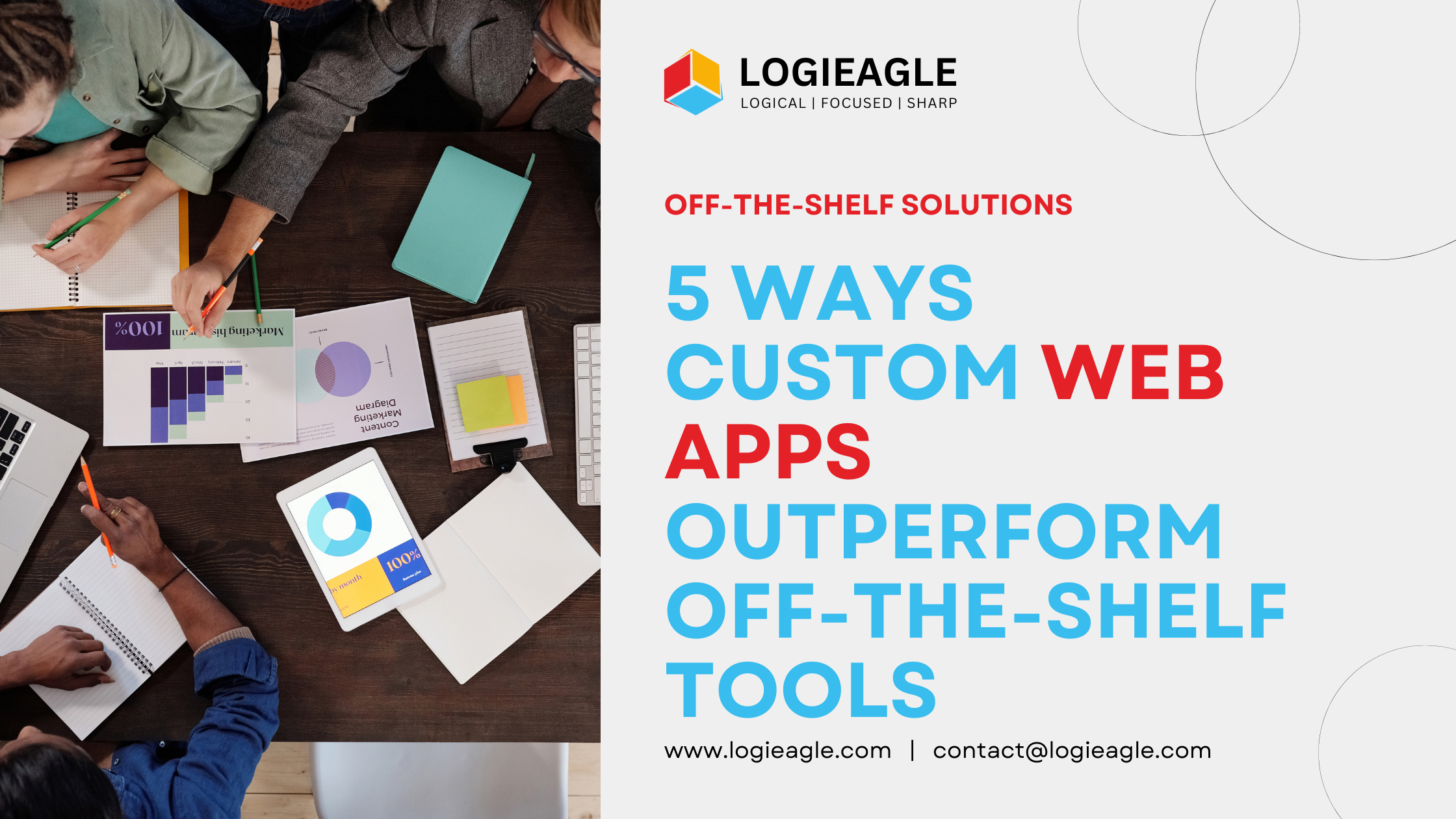 5 Ways Custom Web Apps Outperform Off-the-Shelf Tools
5 Ways Custom Web Apps Outperform Off-the-Shelf Tools
 Evaluating ERP Vendors in 2025: What You Need to Know
Evaluating ERP Vendors in 2025: What You Need to Know
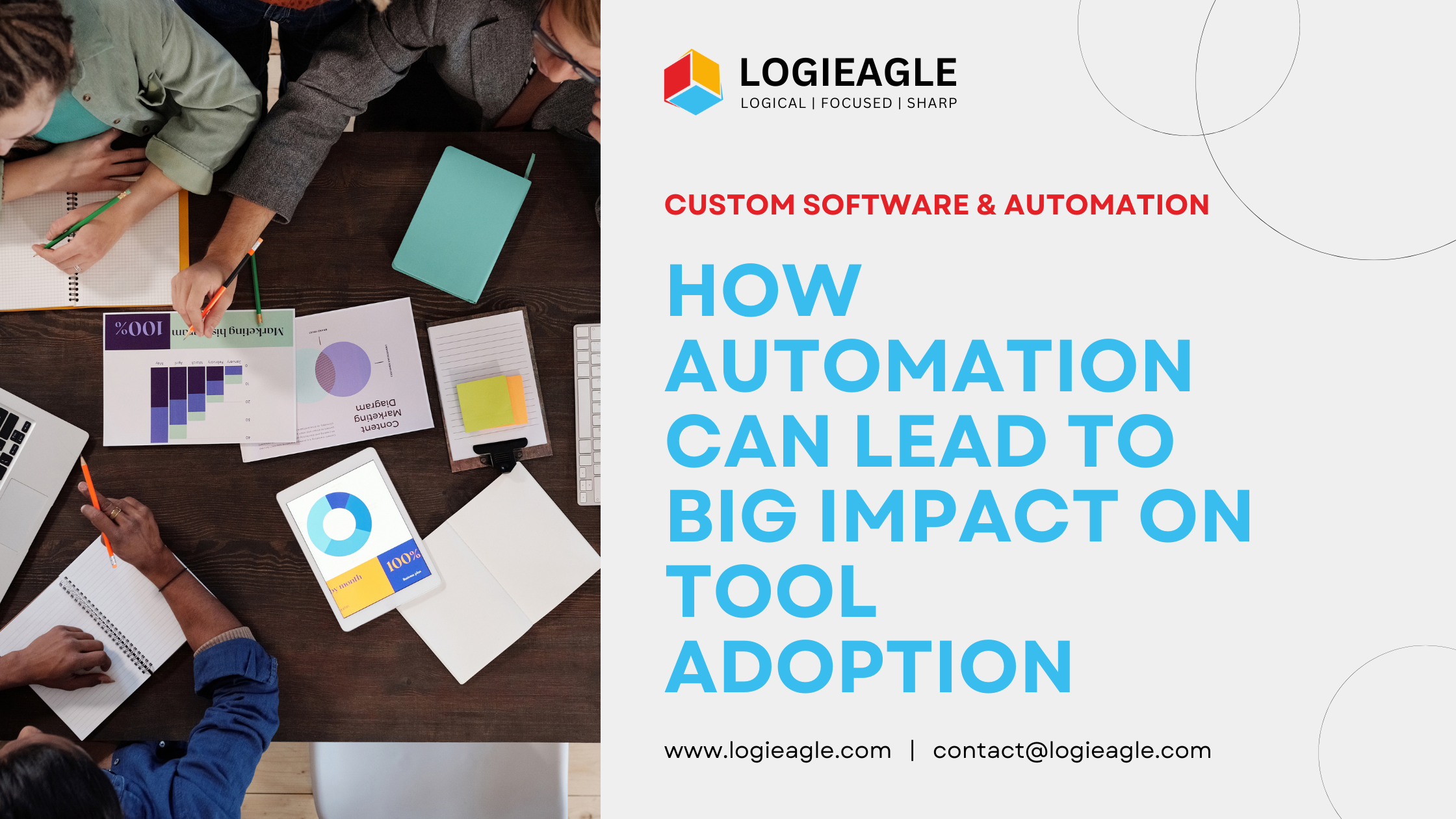 How automation can lead to Big Impact on Tool Adoption
How automation can lead to Big Impact on Tool Adoption
 How to Use Excel Macros to Enhance Team Efficiency
How to Use Excel Macros to Enhance Team Efficiency
 From Idea to Prototype: Build Your Product Without a Dev Team
From Idea to Prototype: Build Your Product Without a Dev Team
 Boost Your Small Business Credibility by Avoiding These 7 Common Website Mistakes
Boost Your Small Business Credibility by Avoiding These 7 Common Website Mistakes
 Boost Your SME's Success with Smart UX Design
Boost Your SME's Success with Smart UX Design
 The Future of ERP: Lightweight Tools for Growing Companies
The Future of ERP: Lightweight Tools for Growing Companies